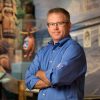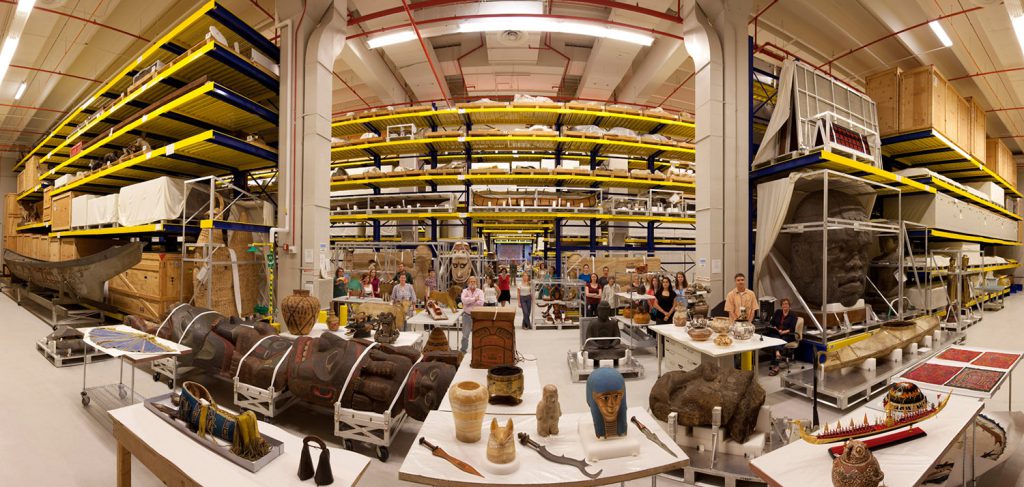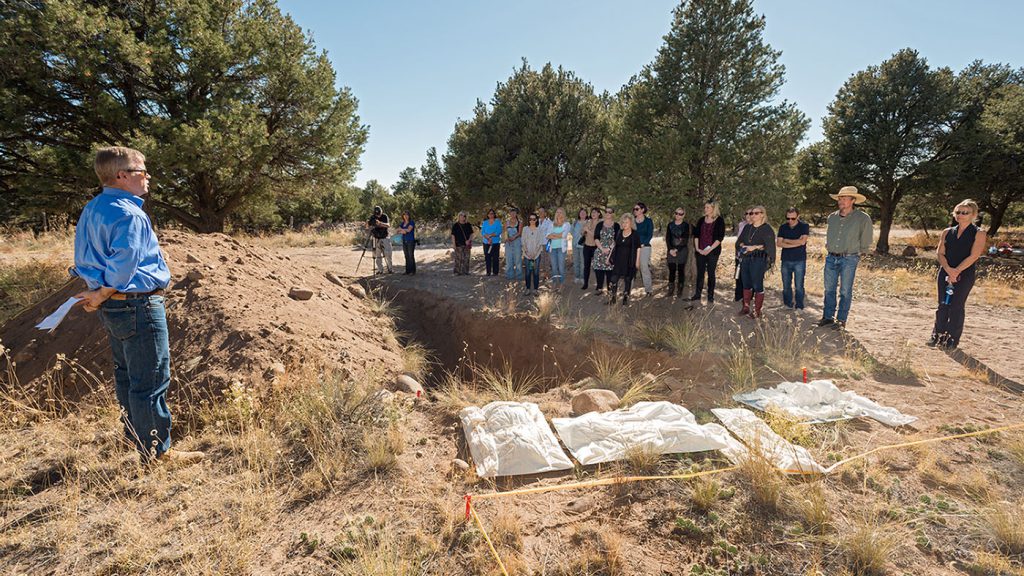The Skeletons in the Museum Closet
Museums are full of wonderful things. From the Hope Diamond at the Smithsonian Institution’s natural history museum to the Folsom point at the Denver Museum of Nature & Science (DMNS), where I work, museums contain tangible evidence of world heritage. Museums are irreplaceable repositories of priceless things that help us understand our place in the universe. That is why it is so unbelievably tragic when an institution goes up in flames, like the recent, immensely destructive conflagration at the National Museum of Brazil.
But that’s not to say that every object in every museum is valuable, special, or important. An acquire-and-preserve-at-all-costs acquisitions philosophy has led many museums to curate objects and specimens that simply aren’t worth keeping. I know of one museum, for example, that curates 90 tons (180,000 pounds) of metal type and matrices once used in printing. I think we can all agree that documenting the history of printing is a good idea. I think we can also agree that 90 tons of lead and brass type is excessive.
So it’s a good thing that some museums are beginning to take an activist approach to their collections, continually asking two key questions: What do we have? Why do we have it?
But there is a bigger problem that has arisen from the acquire-and-preserve-at-all-costs method: What to do with human remains. Is it ever morally defensible to curate human remains, and if so, when?
A number of major natural history museums in the United States curate large collections of human remains—and several institutions have tens of thousands of individuals.
As a scientist, I know we can learn a lot from the study of human remains. (Paleopathology—the study of ancient diseases and wounds—was an early interest of mine, but I wasn’t good enough at biology to pursue it.) As an anthropologist and humanist, however, I believe we should either strive to study everyone equally or we should study no one.
The vast majority, perhaps as much as 90 percent, of the human remains curated by natural history museums in North America are Native American. In breathtakingly stark contrast, Native Americans constitute less than 2 percent of the U.S. population. It’s hard to see how this disparity represents anything but blatant discrimination.
This disturbing museum-based reality exists largely because of the history of scholarly interests and priorities, as well as a fundamentally racist worldview that did not see Indigenous people as fully human. Professional and amateur archaeologists in this country have been interested in Native Americana, and therefore digging Native American graves, for nearly 250 years—Thomas Jefferson even got in on the action. Prior to the last half of the 20th century, archaeologists weren’t keen to excavate “historical”—i.e., Euro-American, as opposed to “prehistorical,” i.e., Native American—graves and sites. That’s why archaeologists excavated Native American graves and stole their remains with impunity while generally leaving everyone else’s graves untouched. Museums now curate the results of two centuries’ worth of scientific racism.
When I arrived at DMNS a dozen years ago, I learned that the museum had a collection of human remains representing about 120 individuals. Some 80 percent of the collection was Native American and therefore subject to repatriation and reburial under the Native American Graves Protection and Repatriation Act (NAGPRA) of 1990, which legally requires museums to actively consider the human remains in their collections. (For a variety of reasons too complex to dive into here, many museums still have large collections of Native American skeletons nearly three decades after the law was passed. I am pleased to report that the Native ancestors in the DMNS collections have all been repatriated.)
The remaining 20 percent of the DMNS human remains collection included a ghoulish hodge-podge: A scalp purchased at an antique store, a desiccated foot purchased at a yard sale, and a skeleton purchased by a Denver doctor while on honeymoon in Paris in the late 1950s. (As part of our research, we determined that he had been swindled: Though the skeleton was articulated—i.e., assembled as a unified whole—it consisted of bones from three people, including both men and women!) The challenges and implications of the acquire-and-preserve-at-all-costs collecting philosophy was, quite literally, staring me in the face.
None of these remains could be designated as Native American under the law. NAGPRA therefore did not apply, and State of Colorado law remains murky with respect to unidentified, non-Native human remains in museums. So we turned to ethics for guidance.
Today people must provide written, informed consent in order to participate in human studies research or donate their bodies to science. We decided that informed consent would be our threshold—going forward, we won’t curate human remains in the absence of informed consent. (If we discover human remains during archaeological fieldwork, NAGPRA and a number of state statutes stipulate that we must stop digging and immediately notify related tribes. If any analysis occurs, it happens in the field before prompt reburial. This is as it should be.) But what should we do with the non-Native human remains already in our collection, the remains of people who never had a chance to provide informed consent?
To answer that question, we convened a meeting we affectionately called the “Bad Bar Joke Conference”—an interdisciplinary, interfaith forum to determine what to do with the non-Native human remains. Present were anatomy and religious studies professors, Catholic and Unitarian ministers, Buddhist and Hindu practitioners, a Cherokee tribal member, archaeologists, and curators. (A rabbi and an imam were invited but could not attend.)
Our dialogue was broad and compelling. Each specialist was given a chance to speak as we worked toward achieving consensus. After a day of deliberations, we agreed to bury the remains in a nondenominational service in a natural, “green” burial ground (i.e., no headstones or markers, no boxes, and no chemicals; we wrapped the remains in muslin). After a bit of searching, we found a natural burial facility in Crestone, Colorado, about three hours from Denver. It’s a beautiful, local, meaningful compromise location that allowed us to bury the remains legally and according to state standards.
On October 14, 2015, a wonderfully crisp fall morning under a clear blue sky, a large number of people from Crestone, including the mayor, joined a sizable DMNS delegation to pay their respects. We asked the assembled to recognize the sacrifice, honor, and dignity of the individuals whose remains we were burying. We then invited those who were so moved to place the remains in the grave; we tossed handfuls of dirt to cover them before a backhoe gently finished our task. It was a poignant and profound moment that I will never forget.
Indeed, I will remember it every time I challenge my museum-based colleagues with three questions: Do you curate human remains? Is it morally defensible to do so? If not, what are you doing to rectify that problem?



































